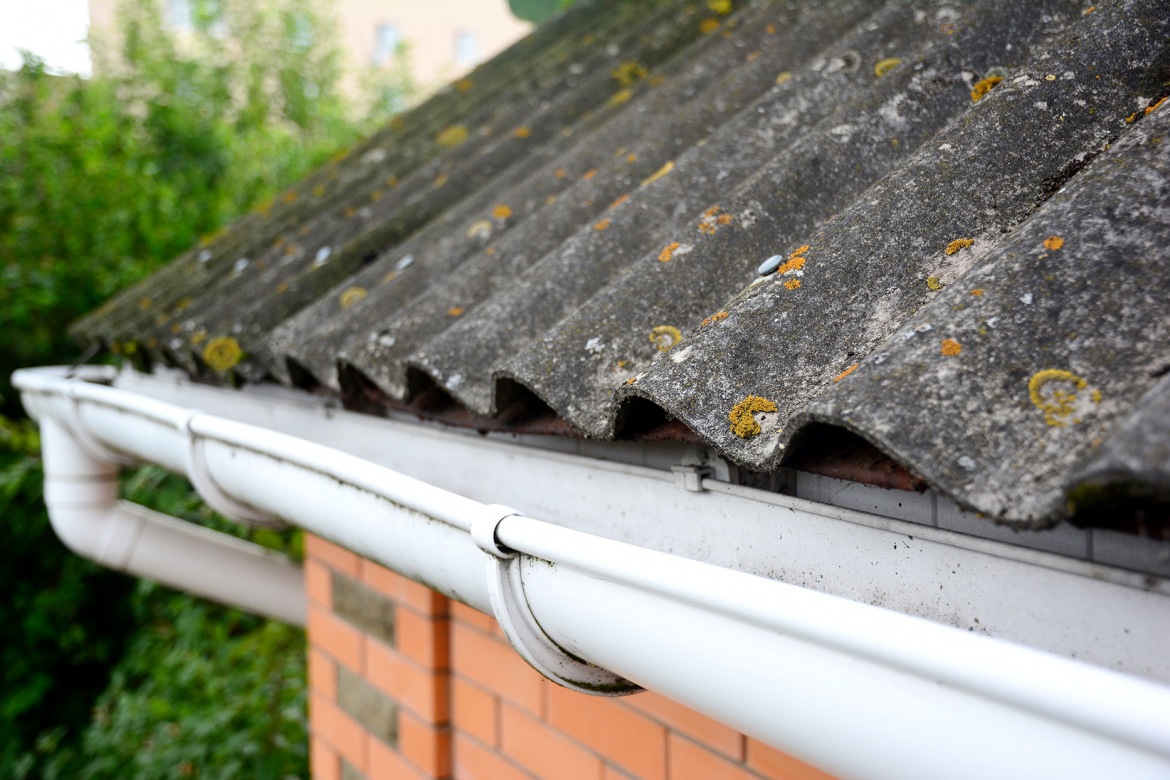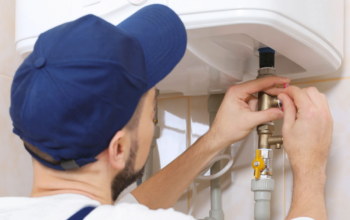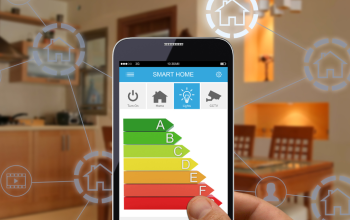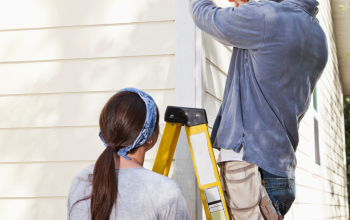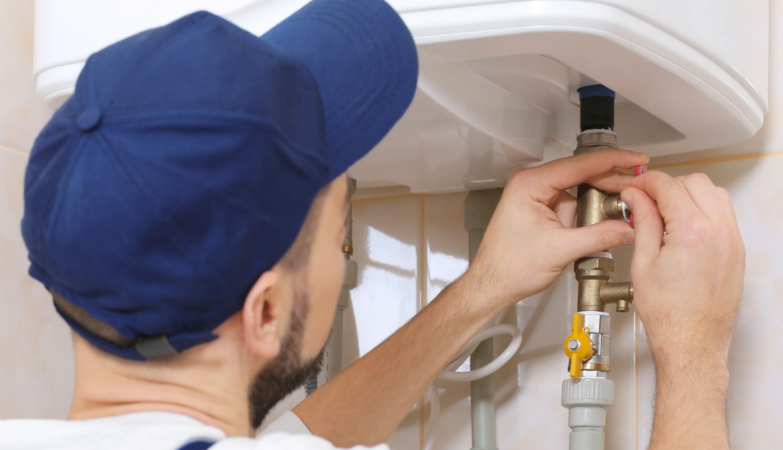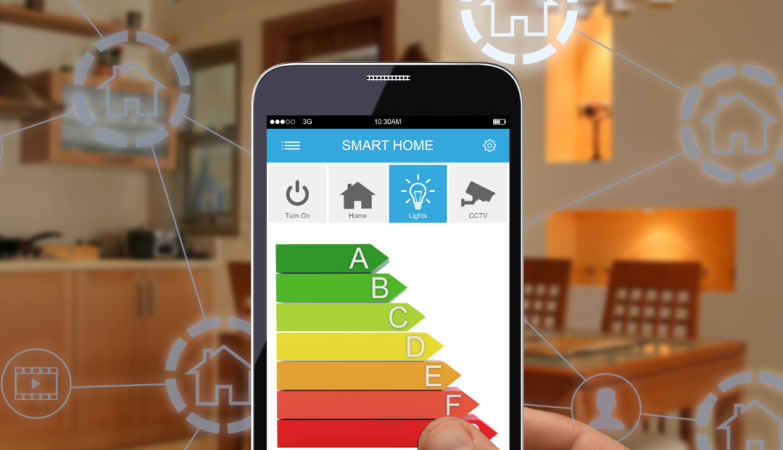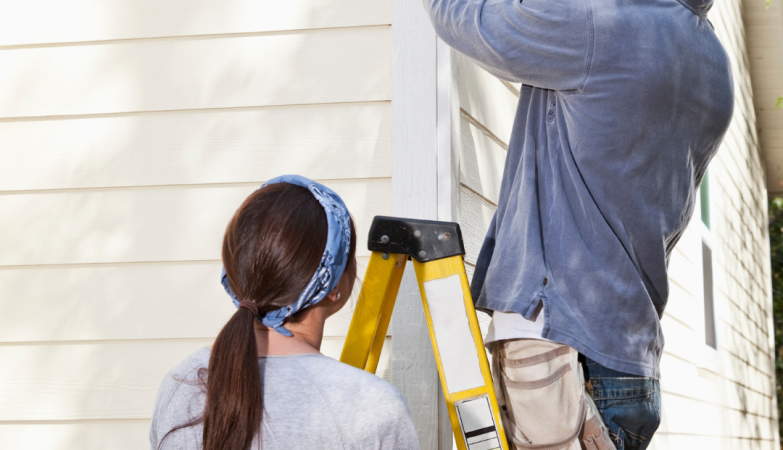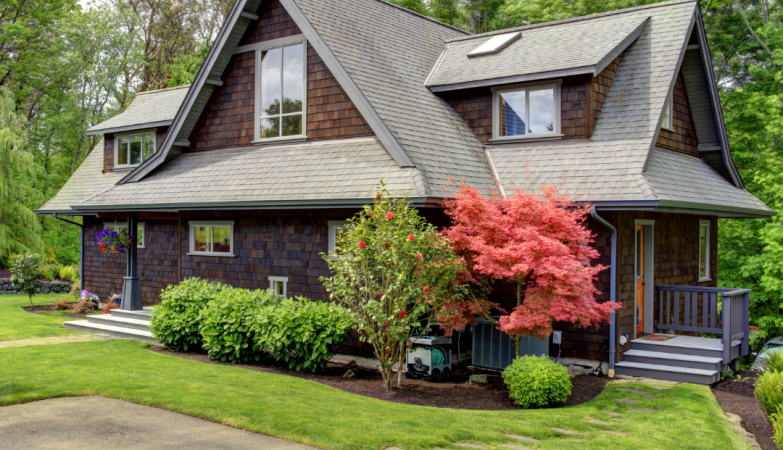The preventative measures required to protect your roof will depend very much on where your house is located. For instance, whether the weather is warm or cold and how extreme those temperatures can be during the day or night. To provide an example, we will focus on how someone would help protect a roof. They might want to consider what kind of roof they ask a company such as Gouge Quality Roofing to fit and also think about keeping a regular eye on it by way of inspection.
What Kind of Weather can we Expect?
Given that the weather is all-important to how well and how long our current roof will survive, we ought to know what weather we can expect throughout the year. This will help us make an informed decision about the type of roof we need if we are replacing it.
The average high temperatures, for instance, will range from warm, at 16.7 C (62 F) to 22.2 C (72 F); and can be as low as anything between 5 C (41 F) to 7.8 C (46 F). These temperatures will be throughout the state. Moderate sunshine will generally last for 6 hours with conditions alternating between warm and cold. The average rainfall is 965.2mm. Cyclones contribute to it from October to March, and thunderstorms the rest of the year.
How Roofs will Themselves Cope with the Elements?
We ought to consider having a roof fitted, whether from new or if being replaced, that will withstand the known conditions of our environment.
So, having assessed the temperatures and climate levels, we have some idea of what we are up against. In terms of the temperatures, they are mild rather than extreme, but the levels of rain mean that we cannot just focus on the aesthetics of our roof, such as having separate tiles instead of shingles, depending on the budget. From a rain point of view, a sloped roof will prove a most effective choice to deflect the water. If you have well-maintained eavestroughs and gutters, the water won’t get accumulated and can easily flow downwards without causing harm to the roof.
The most durable roofing materials, so ones that will withstand most conditions, are slate, concrete, metal and clay. They have good life expectancies. So, all would suit someone living in extreme weather locations and protect their property for many years, where the temperatures are not too high or low throughout the year. If you live in a hurricane-prone area, for example, you could install a metal roof, which is quite durable. A metal roof can withstand hurricane-force winds of up to 160 miles per hour, making it the most wind-resistant option. Metal roofing systems are more expensive than cheap shingles, but they are more durable and last longer than any other type of roofing.
Likewise, white roofs and terracotta tiles are best in hot weather because white is reflective and terracotta is a material that is resistant to heat. Both will cope well when warm temperatures occur. But in the longer run, you should prefer getting your current roof replaced with a solid insulted one. These types of roofs tend to last longer and insulate your rooms better than ordinary painted roofs. Due to its greater insulating properties, it can also provide other benefits like saving on energy bills, temperature control, and might give you a soundproof environment. So, if you are looking for this kind of durable roof, you can consider getting in contact with roof replacement firms like Projects 4 Roofing: Roof Conversion or similar service providers near you that could offer you value solutions for delivering good quality and insulated roofs.
You can also choose to go for Green Roofs that will regulate temperature and reduce energy consumption. They will provide insulation during colder months or periods, and then prevent any excessive heat absorption in summer. So, these should certainly be considered.
If you feel a little confused about which roof type would suit your apartment, you might want to contact firms like American Way Exteriors – a siding and roofing company in Dayton, Ohio, and get the confusion cleared and the best suited one installed.
How Can I Protect My Roof from the Elements?
Thinking about all the elements, and whatever materials your roof happens to be made from, you can keep it in a good state of repair by regularly inspecting it. Roofs do need attention from time to time. This can be an inspection by you or a roofing specialist. You should always inspect your roof, or have someone else inspect it, after a storm. It is so that you can identify any damage earlier rather than later. It can also lower repair bills, as any damage to the roof can get worse if left without regular maintenance.
Natural slate can protect a roof for the longest amount of time, which can be up to 100 years. Asphalt shingles have less longevity but should manage 15-25 years if well looked after, as mentioned above. You may also have to consider other major parts of the roof like an eavestrough, gutter, and chimney. For instance, an eavestrough could direct the water to gutters to ensure the water doesn’t stay stagnant on the roof and cause damage to it. If your eavestrough is broken, you can consult a roofing and eavestrough repair company near your location to get it restored. These small prevention methods can improve the life span of your roofing and reduce unexpected financial expenses.
In summary, when considering our roof, we should know what weather we can expect all year round from our location and factor that into our roofing decisions. Certain roofs will cope with different temperatures and rainwater better. In Ohio, for example, the weather is not extreme in terms of its temperatures, so a variety of roofing situations will suit, which gives more flexibility to the householder making the choice.

